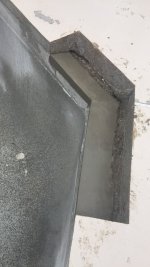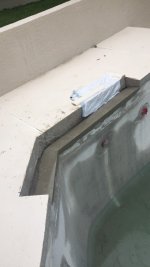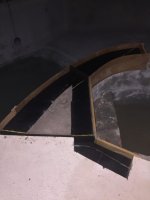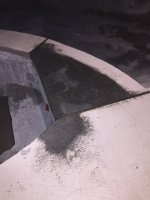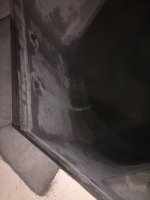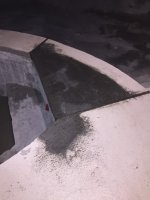- Jul 21, 2013
- 65,496
- Pool Size
- 35000
- Surface
- Plaster
- Chlorine
- Salt Water Generator
- SWG Type
- Pentair Intellichlor IC-60
Thanks, I am reading the post now. Trying to find what type of epoxy to use. I have used PC super epoxy and like it, just have not used it on pools.
Anchoring Bolts, Railings and Rebar in Concrete with Anchoring Epoxy | QUIKRETE: Cement and Concrete Products
The QUIKRETE® Companies are the largest manufacturers of packaged concrete in the United States and an innovative leader in the commercial building and home improvement industries.
Read the comments on the methods in this video below...
This may be overkill for a bond beam repair...


